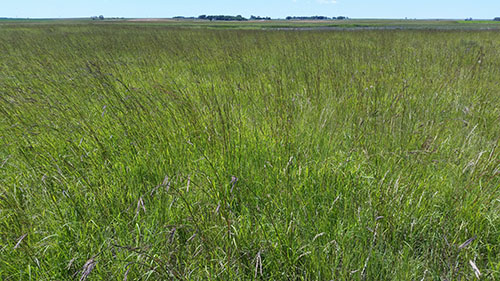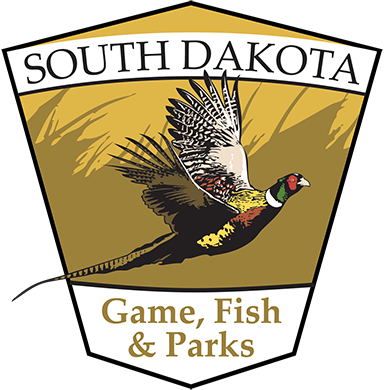Crp programs in south dakota
The USDA Farm Service Agency's (FSA) Conservation Reserve Program (CRP) is a voluntary program available to producers to help them safeguard environmentally sensitive land. Producers enrolled in CRP, plant long-term, resource-conserving covers to improve the quality of water, control soil erosion and enhance wildlife habitat.

- FSA provides participants with rental payments and cost-share assistance. Contract duration is between 10 and 15 years.
- There are two ways to sign-up for CRP, general sign-ups and continuous sign-ups.
- During a general CRP sign-up, USDA takes offers during a designated signup period. They then rank all of the offers based on an environmental benefits index and make offers of enrollment to those that score above a certain level. The accepted score is not determined until after all offers have been received.
- Continuous CRP sign-ups are done just as the name reads. Offers are accepted continuously on a first come, first served basis until acres allocated to specific intitiatives are used up. As long as the offer meets the criteria of the initiative it is enrolled. There is not designated sign-up period.
- During a general CRP sign-up, USDA takes offers during a designated signup period. They then rank all of the offers based on an environmental benefits index and make offers of enrollment to those that score above a certain level. The accepted score is not determined until after all offers have been received.
- Eligible conservation practices include riparian buffers, wildlife habitat buffers, wetland buffers, filter strips, wetland restoration, grass waterways, shelterbelts, living snow fence, contour grass strips, salt tolerant vegetation, prairie strips and shallow water areas for wildlife.
- CRP Fact Sheet.
CRP Programs in South Dakota
Grassland CRP
This is a working lands CRP that pays landowners up to 75 percent of the county average grazing lease rental rate to place land into a 15 year CRP contract that allows them to graze, hay, or harvest seed on the enrolled grassland acres. The grass can be expiring CRP or existing rangeland.
CRP Pollinator Habitat
This program requires a pollinator friendly cover of a diverse mix flowering plants and grasses that benefits pollinators all growing season long. Pollinator information can be found in the September/October issue of the Conservation Digest articles, Dakota Naturalist: Little Wings on the Prairie and Pollinator Predicament.
CRP South Dakota Pheasant SAFE
The goal of the South Dakota Pheasant SAFE project is to provide block grass acreages for pheasants and other upland birds in the form of nesting, brood-rearing, winter-roosting and escape cover to help increase their populations.
CRP Western South Dakota Grassland Wildlife Habitat SAFE
This CRP SAFE project strives to create breeding, nesting, brood rearing, winter and foraging habitat for grassland dependent birds. Specifically, the short-eared owl, grasshopper sparrow, dickcissel, bobolink, and sharp-tailed grouse prefer to nest in tall, dense cover typically provided by CRP. It will also develop habitat for non-game grassland birds, improve water quality and reduce soil erosion.
CRP Duck Nesting Habitat Initiative
The Duck Nesting Habitat Initiative aims to restore certain wetlands and associated uplands located outside of the 100-year floodplain in Iowa, Minnesota, Montana, North Dakota and South Dakota.
Restoring these wetlands will provide nesting ducks with critical habitat, nesting cover, security from predators and food.
CRP Wetlands Restoration Initiative
The Wetlands Restoration Initiative aims to restore flood plain and non-floodplain wetlands.
CRP Farmable Wetlands Program
.The Farmable Wetlands Program restores wetlands and associated buffers on wetlands that have been cropped at least 3 out the previous 10 years.
Contact Information
For additional information on any of the CRP programs above, please contact a habitat advisor in your area or visit your local USDA Service Center office.

